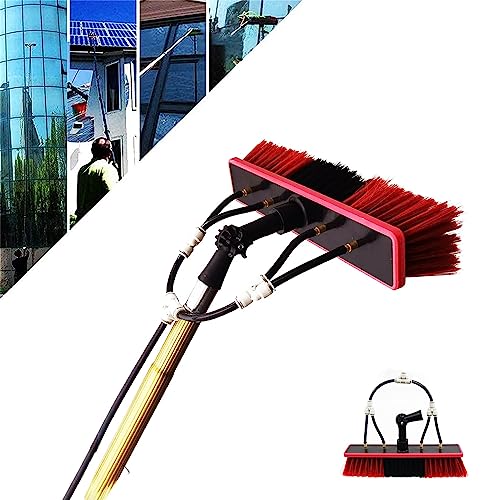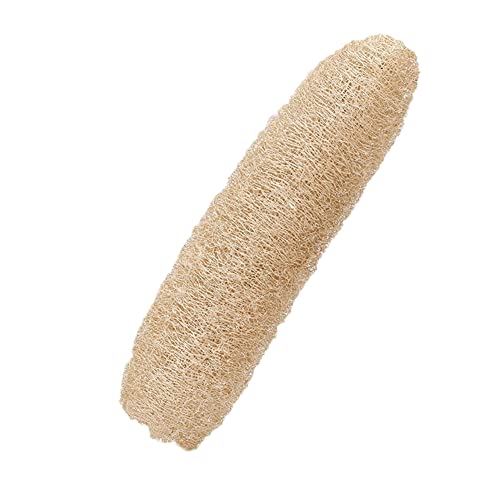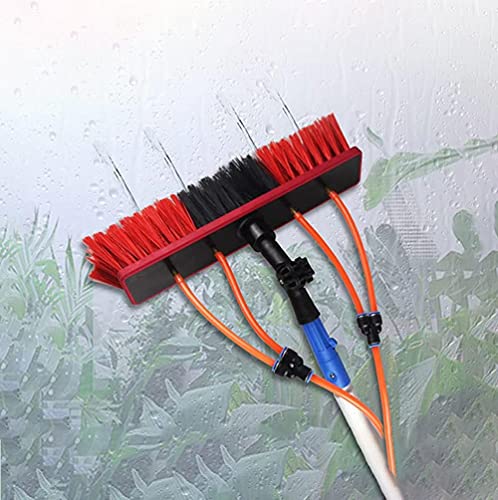My tank is black so have to take lid off to check water level.Bit of a pedantic question, if your tank is wrapped in insulation, how do you know how much water is in it when filling? ?
Navigation
Install the app
How to install the app on iOS
Follow along with the video below to see how to install our site as a web app on your home screen.

Note: this_feature_currently_requires_accessing_site_using_safari
More options
You are using an out of date browser. It may not display this or other websites correctly.
You should upgrade or use an alternative browser.
You should upgrade or use an alternative browser.
Another hot water thread
- Thread starter Den
- Start date

Help Support WCF:
Cheers mate all appreciated thank you ?We use hot all year round with the thermopure ones we turn the boiler off if the tank water is 60-80 degrees and just use the hot tank water especially in summer , in winter it takes longer to get to that temperature. With the Grippatank one I turn the heat exchangers down in the summer or turn it off when tank water is 60-80 degrees.
As for optimum temperature on the glass anything over 60 degrees at the brush makes cleaning time much quicker , this however isn’t an exact science as the water will be a lot cooler if you have 130 meters of hose out in the ground , if using 20-30 meters it will obviously be a lot hotter, when you are used to it you get a feel for 60+ degrees water as bird muck , snail trails come off so much quicker , I rarely check the temperature to be honest but know when I cannot hold the hose I know it’s over 70 degrees, when doing commercial building cleaning the hotter the water the better same with plastics .
- Messages
- 7,210
- Location
- Bromley
Den, if you’re fitting a flange with no inner nut to tighten, what seals the flange to the tank?
I've got to admit I was trying to figure that out as well. But assumed Den had the answer from FB discussions.Den, if you’re fitting a flange with no inner nut to tighten, what seals the flange to the tank?
Not telling ya lol ?Den, if you’re fitting a flange with no inner nut to tighten, what seals the flange to the tank?
For some reason it would let me upload photos to you? @Gavinkeep getting a message say NO photos ? Not sure why as I have recently uploaded a few photos lately.Den, if you’re fitting a flange with no inner nut to tighten, what seals the flange to the tank?

£239.88
Abreli 3.6-10.8M Window Cleaning Pole Water Fed Pole Kit Telescopic Brush Extendable Window Squeegee Washer Roof Cleaner Glass Outdoor Solar Panel (9M)
lvliangshilishiquxingfeirizadian

£219.88
16ft Extendable Water Fed Telescopic Window Cleaning Pole Kit with Squeegee Brush Solar Panel Extension Hose Included 5m Long Reach Window Cleaner Equipment
lvliangshilishiquxingfeirizadian
I couldn't upload photos the last few times I tried either. ?For some reason it would let me upload photos to you? @Gavinkeep getting a message say NO photos ? Not sure why as I have recently uploaded a few photos lately.
Just comes up no ‘photos or videos’ thought I may have uploaded my quota? If there is such a thing @GavinI couldn't upload photos the last few times I tried either. ?
When I've tried it the last few times it just said loading but never came to anything. I used to have no problems at all. ?Just comes up no ‘photos or videos’ thought I may have uploaded my quota? If there is such a thing @Gavin
scottish cleaning service
Well-known member
- Messages
- 9,075
- Location
- Paisley
I thought you had the clear tube up the side that gives an exact amount? Maybe you changed to a different tank with the new van.My tanks aren’t insulated but we just take the lid off and have a look but you don’t need to really as it will switch off when the tanks full .
- Messages
- 14,183
- Location
- Cornwall
No that’s my soft washing tanksI thought you had the clear tube up the side that gives an exact amount? Maybe you changed to a different tank with the new van.
Because of the photo upload pr9blem at the moment will try to explain instead.Den, if you’re fitting a flange with no inner nut to tighten, what seals the flange to the tank?
the Mechanical flange comes in two pieces and inner flange that as a slightly smaller thread you drill the hole at the bottom of your tank you then lower the inner flange down by string to the hole, the thread on the inner flange screw outwards of the tank the thread is longer than the thread of the immersion heater element so the thread will be popping out of the outside of the tank all this is done outside the tank by hand so no reaching inside (opposite way to Squeaky cleans video).
you then put the fibre washer on the thread outside of tank then screw the outer flange on once both flanges are either side of the you the screw then immersion heater into the outer flange, hope all this makes sense.
Yeah had no probs posting photo on here or Pm photos to you until now must be @steve garwood jinxed it ?When I've tried it the last few times it just said loading but never came to anything. I used to have no problems at all. ?
scottish cleaning service
Well-known member
- Messages
- 9,075
- Location
- Paisley
I didn't realise that my tank water would heat up if I switched on both reels and only used one of them. Tank tonight is nice and toasty again so i think i will be covering it with 50mm kingspan and then covering over again with 9mm plywood. It would make a nice flat surface for me to sit things on. I also bought a pair of memory foam insoles (£10) for my working boots which are good if you are on your feet all day. ?
https://www.amazon.co.uk/gp/product/B078J8FCXC/ref=ppx_yo_dt_b_asin_title_o00_s00?ie=UTF8&psc=1
https://www.amazon.co.uk/gp/product/B078J8FCXC/ref=ppx_yo_dt_b_asin_title_o00_s00?ie=UTF8&psc=1
- Messages
- 7,210
- Location
- Bromley
???
instagram
- Messages
- 7,210
- Location
- Bromley
On an upright tank, lowering the flange by string and trying to line it up with the hole sounds tricky.Because of the photo upload pr9blem at the moment will try to explain instead.
the Mechanical flange comes in two pieces and inner flange that as a slightly smaller thread you drill the hole at the bottom of your tank you then lower the inner flange down by string to the hole, the thread on the inner flange screw outwards of the tank the thread is longer than the thread of the immersion heater element so the thread will be popping out of the outside of the tank all this is done outside the tank by hand so no reaching inside (opposite way to Squeaky cleans video).
you then put the fibre washer on the thread outside of tank then screw the outer flange on once both flanges are either side of the you the screw then immersion heater into the outer flange, hope all this makes sense.
(And pervy ?)
Deleted member 257
Well-known member
- Messages
- 885
You are ideally going to want to be able grip internal part of the mechanical flange, otherwise you might have a hard time getting it tight. It’s supposed to have little teeth that bite into the plastic and hold it but they weren’t much use on the ones I’ve bought.
Can use wire from bottom to top if you want too then lower the flange I have seen a photo of the mechanical flange under a baffle on a upringht tank ?On an upright tank, lowering the flange by string and trying to line it up with the hole sounds tricky.
(And pervy ?)
my tank lid is on the right hand side I will probably have my immersion installed on the bottom left side passed the baffle can’t see it be a biggie tbh ?my tank is a weird shape as it as enclosed pump controller one side and a funny shape the other side for DI vessel.
Couple of the lads said that they managed to turn the inner flange by hand then the outer flange pulled it tight? That was the impression I got.You are ideally going to want to be able grip internal part of the mechanical flange, otherwise you might have a hard time getting it tight. It’s supposed to have little teeth that bite into the plastic and hold it but they weren’t much use on the ones I’ve bought.
I am surprised you're not planning on fitting it below the lid so you can get at it easier. I guess you have a reason. I don't know if it might be possible to fabricate something with a long handle to get it in place and hold it while you get the thread started. I suppose if your tank is an odd shape that's probably the reason. I'm still struggling to get my head round it to be honest.
Last edited by a moderator:
The opposite side to the lid is where the largest volume of water is ? where the lid is there is a large cutaway where youcan have a DI vessel would take some photo and post I think a small aquarium pump air stone would probably help this obstacle TBH as it would flow the water from one side to the other ?I am surprised you're not planning on fitting it below the lid so you can get at it easier. I guess you have a reason. I don't know if it might be possible to fabricate something with a long handle to get it in place and hold it while you get the thread started. I suppose if your tank is an odd shape that's probably the reason. I'm still struggling to get my head round it to be honest.
Similar threads
- Replies
- 8
- Views
- 2,638
























